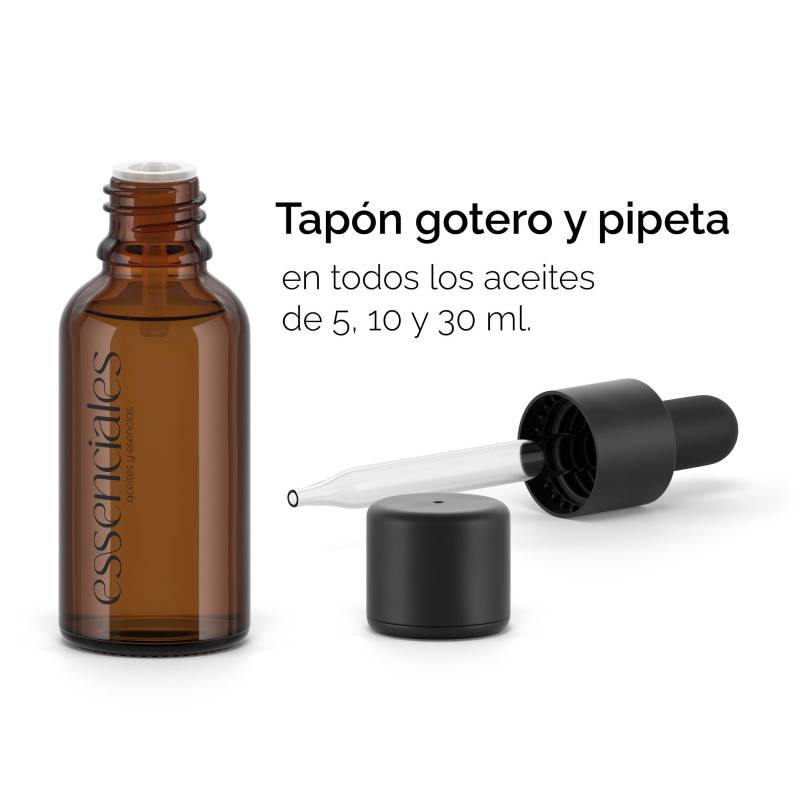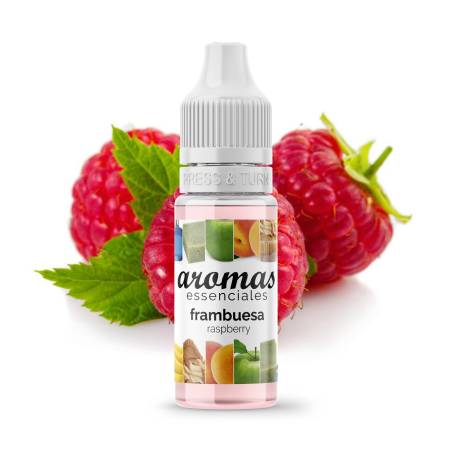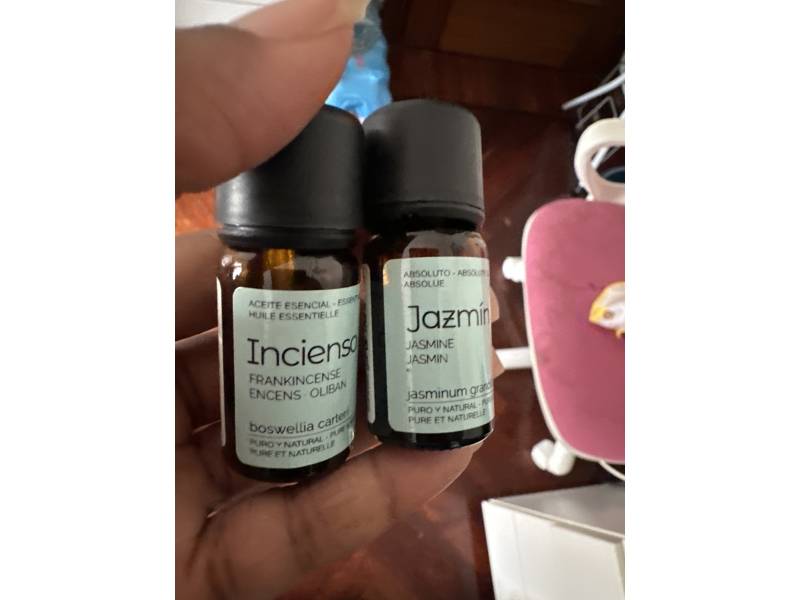Properties of Frankincense Essential Oil (Olibanum / Frankincense)
Immune Stimulant: One of its most studied effects is supporting our immune system.
Anti-inflammatory: The components of frankincense help reduce inflammation when used topically on the affected area.
Regenerative and Healing: Frankincense is ideal for treating skin problems. Its active ingredients help clean and purify the skin surface, preventing bacteria from developing.
Anti-cold and Expectorant: Frankincense helps care for the respiratory system.
Tones and Repairs the Skin: Frankincense is ideal for repairing skin, especially aged or damaged skin.
General Stimulant: Helps maintain a high level of mental, physical, and energetic performance in any task.
Promotes Meditation and Spiritual Connection: Since ancient times, frankincense has been used to aid in spiritual and religious rituals.
Practical Uses and Applications of Frankincense Essential Oil
Frankincense essential oil has traditionally been used to help with the following situations:
Skin Problems: Skin ulcers, eczema.
Nervous System: Depressive states, anxiety, nervous tension.
Musculoskeletal System: Arthritis, rheumatism, tendinitis.
Respiratory System: Bronchitis, asthma.
Immune System: Low defenses.
Recipes with Frankincense Essential Oil
FOR MASSAGE
- To stimulate the immune system: Mix 10 drops of Frankincense essential oil with 10ml of Hemp Seed Oil and apply to the back and joints.
- To support the respiratory system: Apply 3-4 drops of Frankincense essential oil with 1 tablespoon of Hemp or Coconut Oil to the chest, back, and soles of the feet, 2-3 times a day.
FOR DIFFUSION
- To improve breathing: Add 4-5 drops to a diffuser along with Lavender, Eucalyptus Globulus, and Lemon essential oils.
- To calm the nervous system: Add 4-5 drops to a diffuser along with Lavender and Orange essential oils.
- For concentration while studying or working: Add 4-5 drops to a diffuser along with Lemon and Bay Leaf essential oils.
FOR COSMETICS
- As a Regenerator, Repairer, and Natural Perfume: Add to your cosmetic mix (cream, gel, body lotion…) at 2% (e.g., 2 ml of Frankincense essential oil for every 100ml of Body Cream or base).
- As a Relaxing, Energizing, and Repairing Tonic: Mix 10 drops of Frankincense essential oil with 100 ml of extra Rose or Chamomile hydrosol. Use as a spray all over the body after showering.
Frankincense Essential Oil Pairs Well With:
Recommended Dilutions for Frankincense Essential Oil
Maximum generic dilution for topical use recommended in adults: 15%
Maximum generic dilution for topical use recommended in children: 2% (over 6 years old)
Strictly avoid use in children under 3 years old.
Essential oils are highly concentrated substances and should be diluted for most uses. Use our dilution table for a more detailed idea of the correct use of essential oils:
ESSENTIAL OILS DILUTION GENERAL GUIDE
Notes from Our Aromatherapy Experts
|
“Frankincense Essential Oil contains a multitude of active principles with highly valued properties for health and well-being, along with an energetic potential that makes it an indispensable element in our homes. We can highlight its immune-stimulating, regenerative, and calming properties, but with its use, we continue to discover more positive effects on our body. Personally, if I had to choose just one essential oil, it would be Frankincense.”
Luis Rodero, Aromatherapy Expert
|
Identification
Botanical Name: Boswellia Carterii
Origin: Somalia
Extraction Method: Steam distillation
Part Distilled or Extracted: Resin
INCI: Boswellia Carterii Oil
Safety
Do not use during the first 3 months of pregnancy.
Keep out of reach of children.
Some natural components of this essential oil may pose an allergy risk for some individuals. Always perform a tolerance test before using any preparations by applying a few drops to the inside of the elbow.
Topical use: Suitable in dilution.
Diffuser: Suitable
Phototoxicity: No
Sensitizing: No
Irritating: No
Natural Allergens Present in this Essential Oil:
Limonene < 18.5% Linalool < 0.2%
Essential Oil Storage
It is equally important to know how to store essential oils to ensure their good condition and prevent them from becoming toxic or irritating due to oxidation or contamination. Therefore, we recommend reading this short guide:
Storage of Essential Oils
Important
The information provided by Essenciales on essential oils is sourced from popular sources and is intended for educational purposes only. It does not aim to offer or sell this product as a diagnosis, treatment, cure, or prevention of any disease. The International Federation of Aromatherapists does not recommend the ingestion or internal use of essential oils except under the strict supervision of a physician or qualified aromatherapy and clinical phytotherapy doctor. It is always recommended to properly dilute essential oils. If you are pregnant, suffer from epilepsy, liver failure, or have a health problem, use essential oils only under medical prescription. Never use essential oils on children without the proper knowledge or indications from a professional.
Never ignore professional medical advice.
Essenciales does not provide medical advice or engage in the practice of medicine.
Additional Notes:
Frankincense, also known as olibanum, comes from Boswellia, particularly Boswellia sacra and Boswellia carteri. The milky white sap is extracted from the bark of the tree, allowed to harden into a gum resin for several days, and then scraped off in tear-shaped droplets. Boswellia trees grow in African and Arabian regions such as Yemen, Oman, and Somalia. Oman is the most well-known and oldest source of frankincense, from where it has been traded and sent to places like the Mediterranean, India, and China. It is a small shrub with abundant pinnate leaves and pale white or pink flowers. It produces a natural oily resin extracted from the inner bark. This is a milky liquid that solidifies into amber or brownish-orange drops. The essential oil has a sweet, fresh, balsamic, and warm aroma. It is a yellowish or greenish liquid.

































